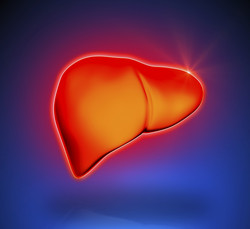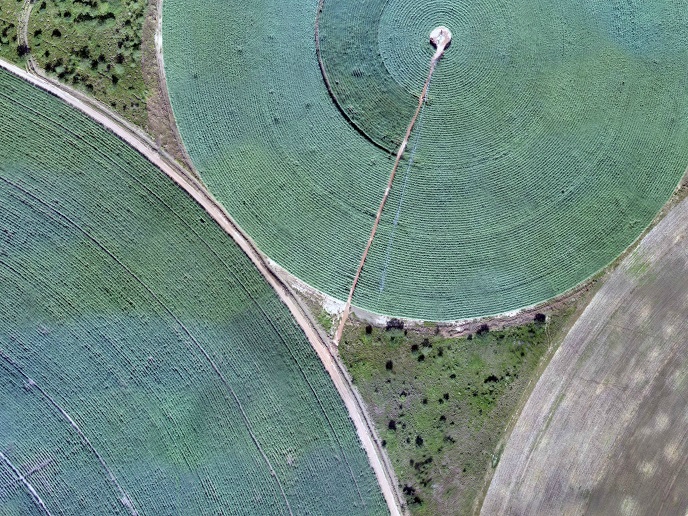Bioartificial liver therapy
A BAL is a bioreactor loaded with potentially 10 billion embedded liver cells. The used BAL consists of a combination of a bioreactor with the human liver cell line HepaRG that mimics human liver to high extent. This extracorporeal supportive device temporarily replaces liver function. The ideal BAL is based on human cells that mimic functioning of a normal liver. It has to execute three key tasks: detoxification, protein synthesis and regulation of homeostasis. HepaRG is the only human cell line in the world that is able to carry out these key tasks, particularly in combination with the AMC-bioreactor that provides a milieu that promotes the maturation of the cells. Preclinical experiments have shown the effectiveness, safety and feasibility of BAL systems in a small preclinical model. The EU-funded BALANCE (Development of a bioartificial liver therapy in acute liver failure) consortium has developed and upscaled the AMC-BAL and tested the BAL in a large preclinical model. The cell line was found to be functionally stable and not tumourigenic during growth on soft agar and in an in vivo immunodeficient mouse model. The bioreactor was upscaled and met the regulatory criteria for biological and chemical safety, physical integrity and functionality. The culture conditions of the HepaRG-BAL were optimized and it was found that BAL culturing decreased sensitivity to plasma toxicity, which suggests that repetitive single BAL treatments will increase the therapeutic efficiency while decreasing costs. An appropriate non-human clinical model based on paracetamol overdose was successfully developed. The main study showed that pronounced kidney, muscle and liver damage were slowed down or even reversed in the filled BAL-treated subjects. Further studies on the biobank samples are in progress. Regulatory documentation for initiation of clinical trials in Europe has been established, including the clinical protocol and case report forms that can be accessed via the project website. This will be used in a future full clinical trial. A full market analysis and a business plan have been finalised in preparation for continuation of the research and planned clinical phases to follow. The potential impact of an effective BAL system on healthcare is immense. In the future it could offer thousands of patients a better outlook in terms of surviving severe liver failure.







